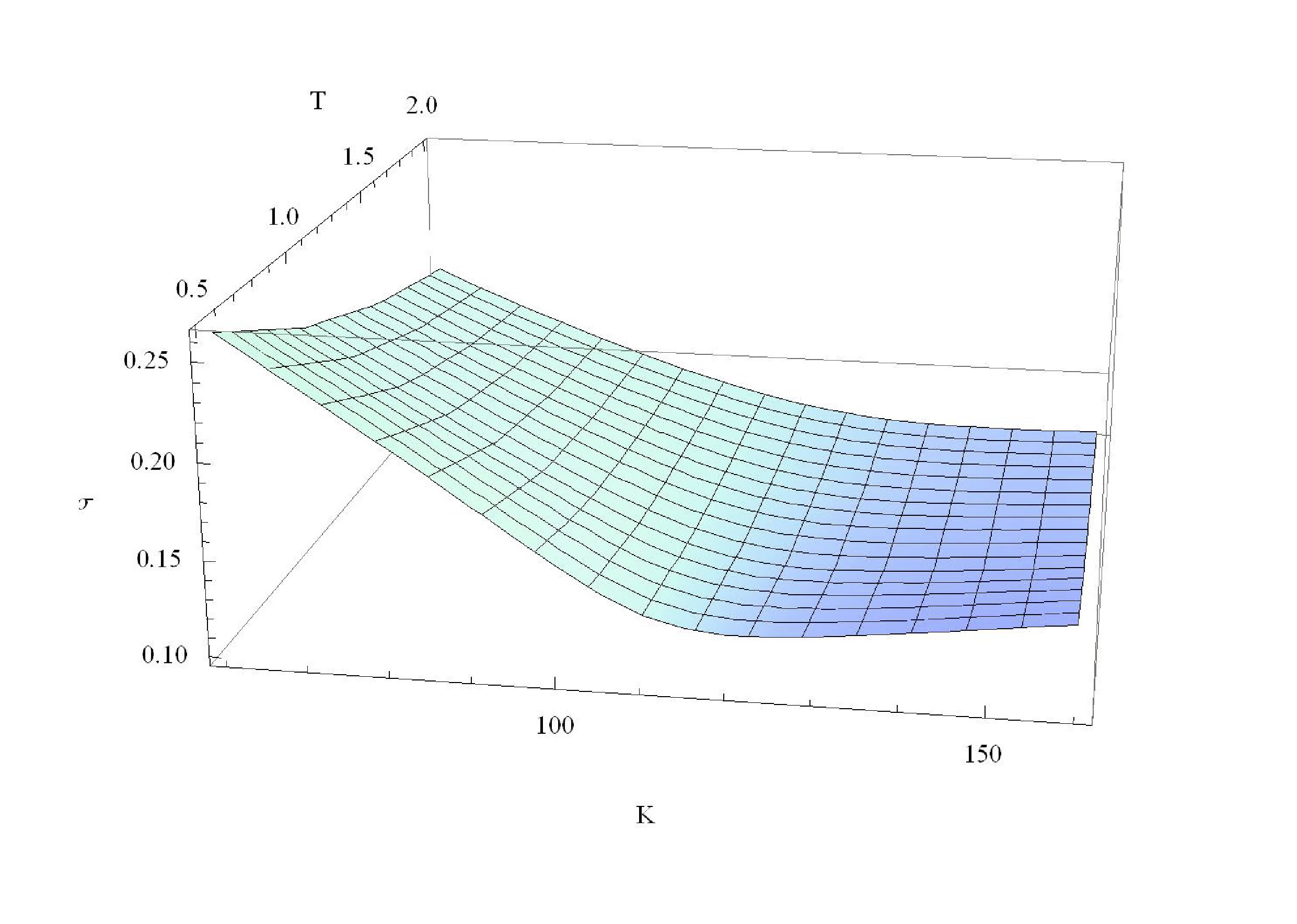Stochastic Portfolio Theory
We study optimal strategies for portfolio management with respect to various objectives, constraints and market models. We are particularly interested in low information approximations to the portfolio known as growth-optimal, numeraire or Kelly under real world market frictions. Additional information about the hidden market parameters will increase the growth rate of the approximated numeraire portfolio, so quantification of the value of information is a goal.
We are also looking at incorporation of previously ignored catastrophic risks into traditional financial models. For example, in continuous market models the risk of an individual stock crashing to zero is usually omitted, not to mention the risk of an entire market crash. Does incorporation of these ignored risks into existing models qualitatively alter their characteristics? Is it desirable to ignore these risks in modeling or should we be using models with catastrophe built in?
Questions? Email Winslow Strong
